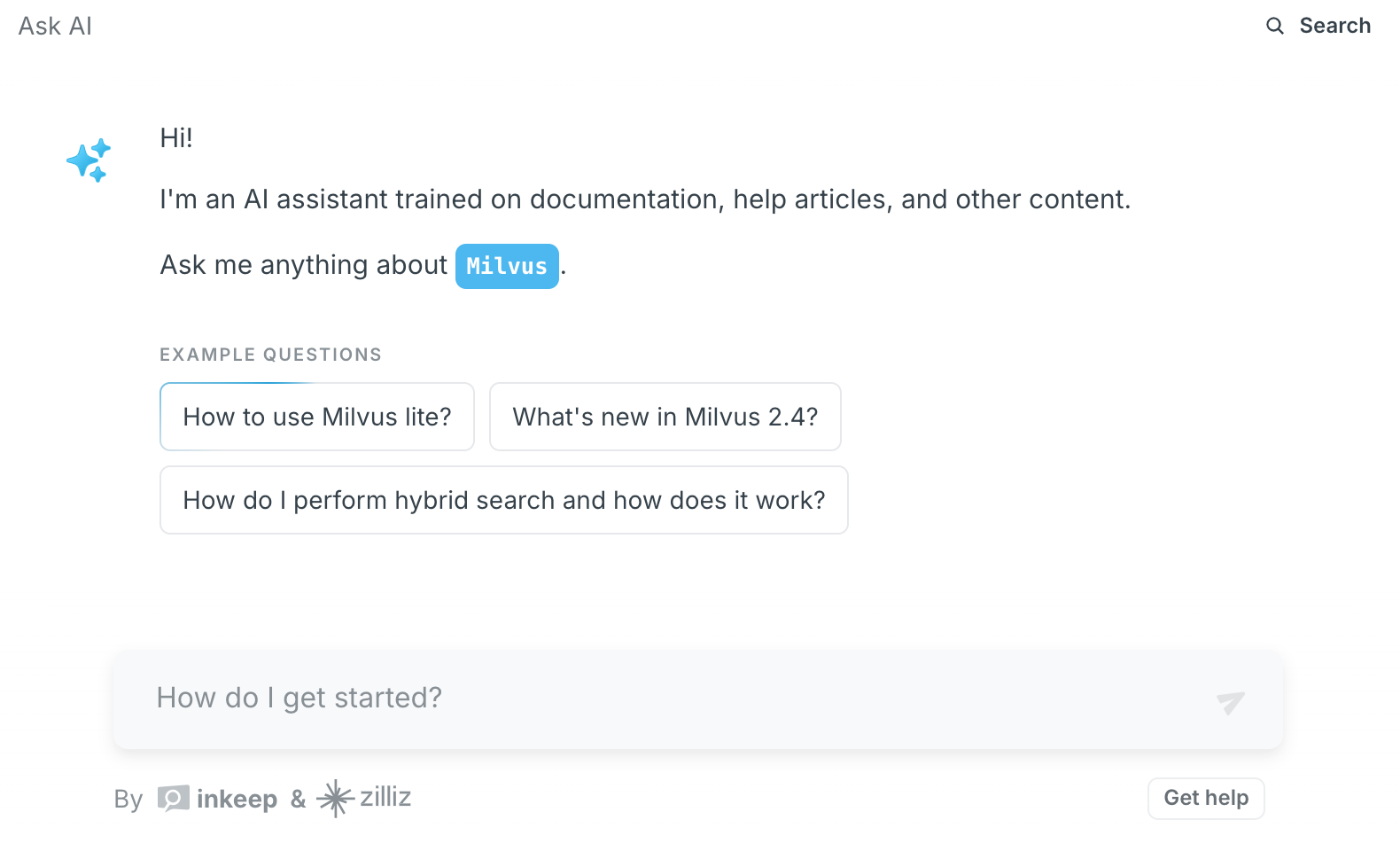When comparing two Retrieval-Augmented Generation (RAG) systems with differing strengths, such as one excelling in retrieval performance and the other in the generative capabilities, a comprehensive multi-dimensional evaluation approach is essential. This ensures a balanced assessment that considers the unique attributes and overall effectiveness of each system.
To start, it’s important to deconstruct the RAG systems into their core components: the retrieval mechanism and the generation model. Evaluating these components individually provides insight into where each system excels and how these strengths contribute to the overall performance.
For the retrieval component, precision, recall, and F1-score are fundamental metrics. Precision measures the accuracy of the retrieved documents, while recall assesses the ability to capture all relevant information. The F1-score, a harmonic mean of precision and recall, offers a balanced view. Additionally, metrics like Mean Reciprocal Rank (MRR) and Normalized Discounted Cumulative Gain (NDCG) can provide insights into the ranking quality of the retrieval system.
When evaluating the generative component, focus on metrics such as BLEU, ROUGE, and METEOR, which compare the generated text with reference outputs to assess linguistic quality. Human evaluation plays a crucial role here as well, providing qualitative insights into fluency, coherence, and the overall usefulness of the generated content.
To capture the interaction between retrieval and generation, composite metrics such as Retrieval-Augmented Generation Evaluation (RAGE) scores can be employed. These metrics consider both the relevance of the retrieved documents and the quality of the generated text, offering a holistic view of the system’s performance in real-world scenarios.
Another effective approach is the use of task-specific evaluation metrics. For instance, if the RAG system is designed for a question-answering task, metrics such as Exact Match (EM) and F1-score for the end-to-end performance can be particularly telling. These metrics evaluate whether the RAG system provides complete and precise answers, reflecting the combined efficacy of retrieval and generation.
Lastly, consider running user studies or A/B testing to gather feedback from end-users who interact with the system in a realistic environment. This real-world evaluation can reveal insights into user satisfaction, engagement, and the practical utility of each RAG system.
By employing a combination of these metrics and methodologies, organizations can obtain a nuanced understanding of their RAG systems, identifying strengths and areas for improvement that align with their specific use cases and objectives. This strategic evaluation not only informs system enhancement but also guides decision-making for deploying the most effective solution in production environments.
